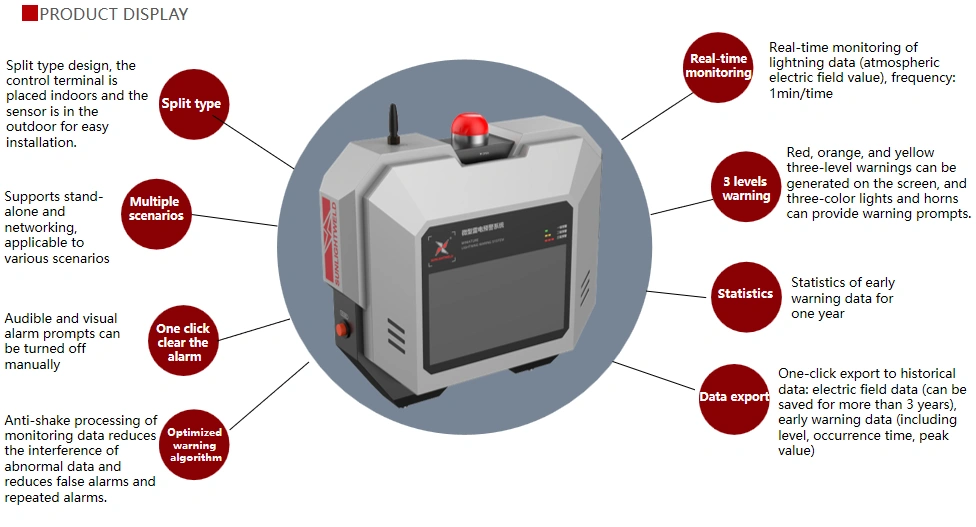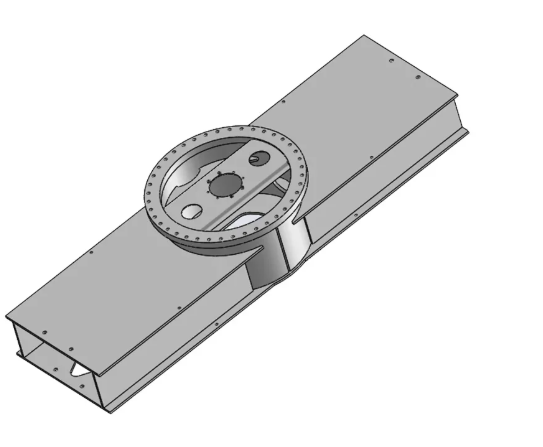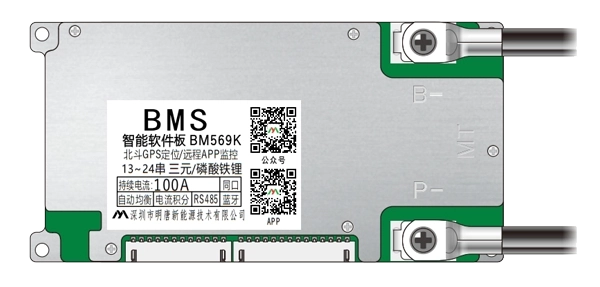The Essential Guide to Spindle Inspection: What to Check for Optimal Performance
When it comes to precision machining and manufacturing, the spindle is a critical component that directly influences the quality and efficiency of operations. Whether you are working with CNC machines, lathes, or milling machines, understanding what to check for in a spindle can significantly enhance performance and prolong the lifespan of your equipment. In this comprehensive guide, we will delve into the key aspects of spindle inspection, providing you with practical insights to ensure optimal functionality.
Understanding the Role of the Spindle
Before we explore the specifics of spindle inspection, it’s essential to understand the spindle's role in machining. The spindle serves as the rotating axis of the machine tool, providing the necessary speed and torque to cut or shape materials. Its performance is vital for achieving precision and consistency in manufacturing processes. Therefore, regular inspection and maintenance are crucial to prevent costly downtimes and ensure high-quality output.
Key Aspects to Check in a Spindle
- Visual Inspection The first step in spindle inspection is a thorough visual examination. Look for any signs of wear, damage, or misalignment. Common issues include:
- Cracks or Chips: Inspect the spindle housing and shaft for any visible cracks or chips that could compromise structural integrity.
- Corrosion: Check for rust or corrosion, especially in environments with high humidity or exposure to coolant fluids.
- Debris Accumulation: Ensure that there is no accumulation of chips, dust, or other debris that could affect spindle performance.
- Runout Measurement Runout refers to the deviation of the spindle's rotational axis from its true center. Excessive runout can lead to poor machining accuracy and increased tool wear. To measure runout:
- Use a dial indicator to assess the spindle's axial and radial runout.
- A runout of less than 0.001 inches is generally acceptable for precision applications.
- Bearing Condition The bearings within the spindle are crucial for smooth operation. Inspect the bearings for:
- Noise: Listen for any unusual sounds during operation, such as grinding or rattling, which may indicate bearing wear.
- Play: Check for axial and radial play in the spindle. Excessive play can lead to vibration and reduced machining accuracy.
- Lubrication: Ensure that the bearings are adequately lubricated. Insufficient lubrication can lead to overheating and premature failure.
- Temperature Monitoring Overheating can be a significant issue for spindles, leading to thermal expansion and potential damage. Implement temperature monitoring by:
- Using infrared thermometers or thermal imaging cameras to detect hotspots.
- Establishing baseline temperature readings during normal operation and monitoring for deviations.
- Vibration Analysis Vibration analysis is a powerful tool for diagnosing spindle health. Excessive vibration can indicate misalignment, imbalance, or bearing failure. To perform vibration analysis:
- Utilize accelerometers to measure vibration levels at various points on the spindle.
- Analyze the frequency spectrum to identify specific issues, such as imbalance or misalignment.
- Spindle Speed and Torque Testing Regularly testing the spindle's speed and torque output is essential for ensuring it operates within specified parameters. To conduct these tests:
- Use a tachometer to measure spindle speed and compare it to the manufacturer's specifications.
- Monitor torque output under load conditions to ensure it meets operational requirements.
Best Practices for Spindle Maintenance
To ensure the longevity and performance of your spindle, consider implementing the following best practices:
- Regular Maintenance Schedule: Establish a routine maintenance schedule that includes inspections, lubrication, and cleaning.
- Training and Awareness: Ensure that operators are trained to recognize signs of spindle wear and understand the importance of regular inspections.
- Documentation: Keep detailed records of all inspections, measurements, and maintenance activities to track spindle performance over time.
Conclusion
In conclusion, regular spindle inspection is vital for maintaining the efficiency and precision of machining operations. By focusing on visual inspections, runout measurements, bearing conditions, temperature monitoring, vibration analysis, and speed and torque testing, you can identify potential issues before they escalate into costly problems. Implementing best practices for spindle maintenance will not only enhance performance but also extend the lifespan of your equipment. Remember, a well-maintained spindle is the backbone of a successful machining operation, ensuring quality output and operational efficiency.





